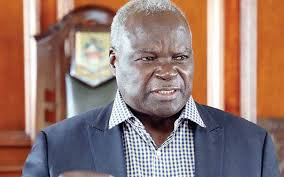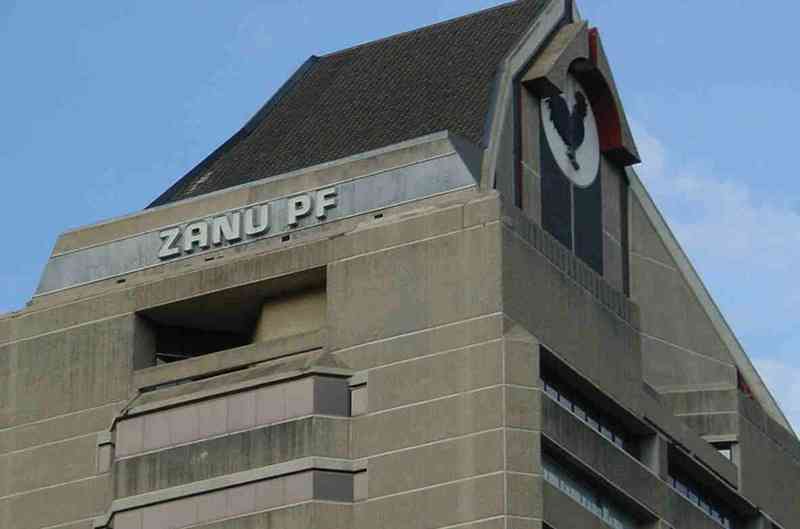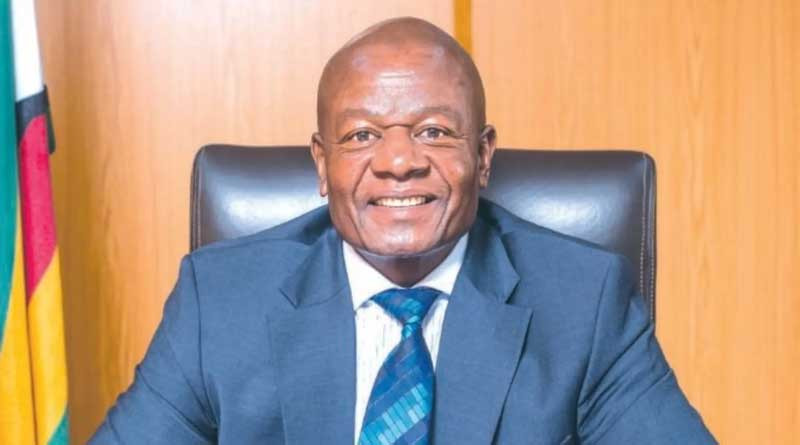
ENERGY and Power Development minister July Moyo says Zimbabwe’s existing electricity infrastructure such as generation plants, transmission lines and distribution networks require rehabilitation and modernisation to meet national standards.
Moyo said this as he invited global investors to play a crucial role in promoting the nation’s power sector at the ongoing Mission 300 Private Sector Consultation in London.
The high-level global meeting is aimed at fostering international co-operation in the energy sector.
“Projects to upgrade aging power stations, reinforce the grid, reduce losses and roll out smart grid technologies offer considerable investment opportunities with the benefit of quick wins in terms of improved efficiency and reliability,” Moyo said.
“Such projects, often in partnership with the utility, can yield steady returns and are critical for maximising the utilisation of new generation capacity.”
Moyo urged investors to take “a fresh look at Zimbabwe’s energy sector”, saying it offers vast opportunities for returns.
“In other words, we are not only identifying opportunities; we are actively creating the conditions for these opportunities to be realised,” he said.
“Investors can develop projects in Zimbabwe not only to meet local demand but also to sell to the regional market, leveraging on off-peak and peak differences and improving regional energy security.”
- COP26 a washout? Don’t lose hope – here’s why
- Out & about: Bright sheds light on Vic Falls Carnival
- COP26 a washout? Don’t lose hope – here’s why
- Out & about: Bright sheds light on Vic Falls Carnival
Keep Reading
Moyo said the push for renewable energy and electrification opened up opportunities for local manufacturing and innovation.
“There is potential to establish local assembly or manufacturing of solar components, batteries and other equipment, which can create jobs and reduce costs,” he said.
“We are also keen to foster innovation hubs and energy entrepreneurship including enterprises led by women and youth and to ensure the energy transition is inclusive and taps into local talent.
“The private sector can partner in building this ecosystem of services and manufacturing around the energy sector.”
As of yesterday, Zimbabwe was generating 1 653 megawatts (MW) against an estimated peak demand of 1 900MW, leaving a supply gap of roughly 500MW that is being managed through load-shedding.
“This is in spite of an installed generation capacity of nearly 2 962MW across public and private sector plants, a sign that aging equipment and operational constraints limit our actual output,” Moyo added.
At present, about 43% of the country’s generation capacity comes from renewable sources primarily hydropower, while 57% comes from thermal power.
"However, climate change has increasingly affected the reliability of our hydroelectric generation and our coal-fired power stations, many decades old and are no longer consistently dependable,” the minister said.
“These challenges underscore the urgency of diversifying our energy mix.
“We need new investments, especially from the private sector, in renewable energy projects as well as in modern, cleaner baseload capacity to close the supply gap and ensure energy security.”










